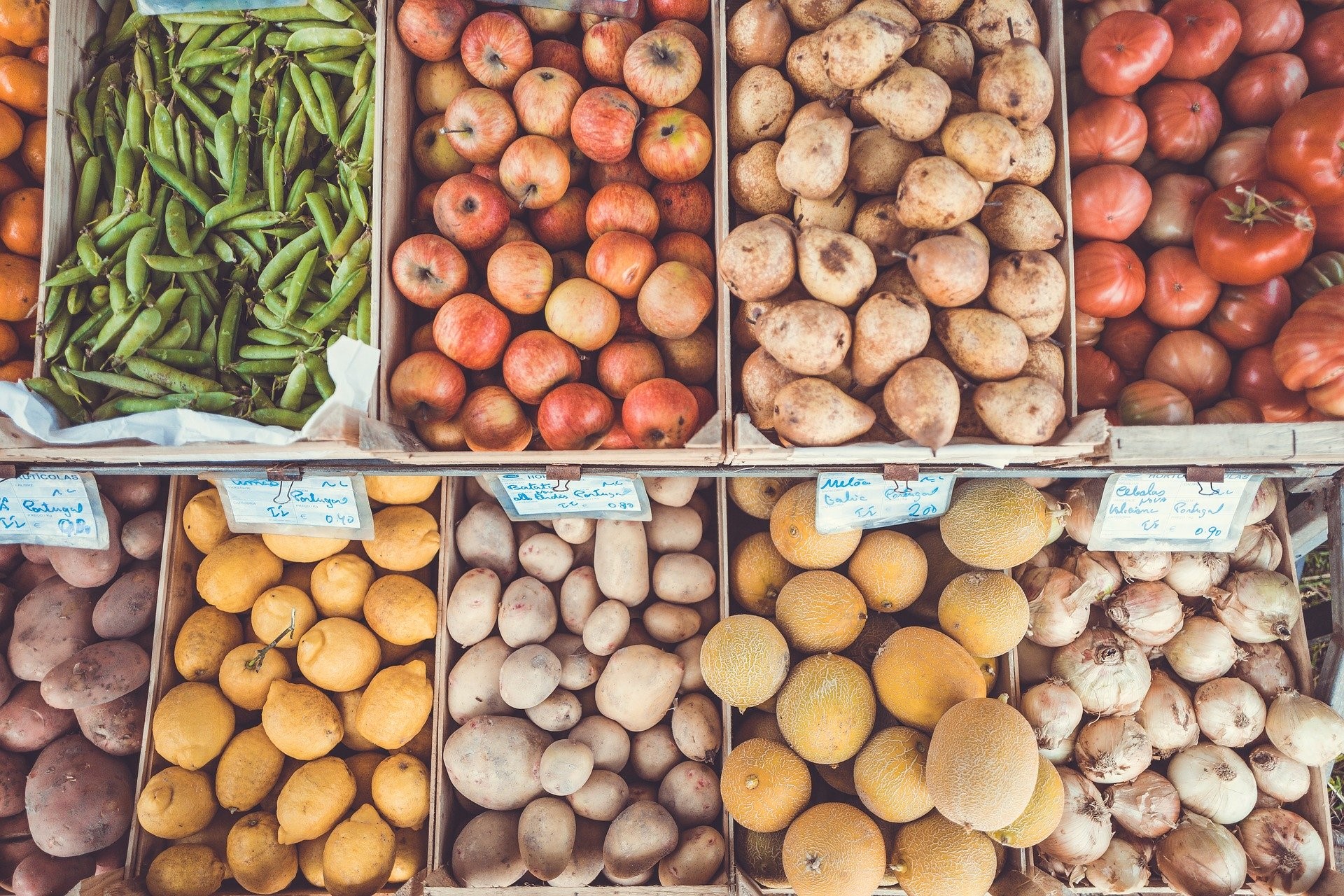Despite prices in nearly every category falling, from apparel to hotels to cars and beyond, American grocery store price tags are soaring. In April, the price of groceries grew 2.6 percent, including seasonal adjustments, the Epoch Times reported. That was the biggest increase from one month to the next in nearly 50 years, according to the Bureau of Labor Statistics.
Grocery store prices have risen sharply because COVID-19 has disrupted the food supply chain. Americans had grown used to spending more than half their food budgets on meals eaten outside the home. Americans started cooking at home more since the closure of restaurants, which saw demand for groceries shoot up. But food producers and farmers couldn’t quickly shift their food deliveries to grocery stores.
Related: Can a Meatless Diet Reduce Weekly Grocery Costs?
When meatpacking plant employees started to catch the coronavirus, the supply-demand imbalance got even more out of hand. That created its own backlog, and meat producers had to close plants across the country. Now, the US faces some meat shortages.
Another factor that hasn’t helped keep grocery bills in check: panic buying. Fearing that they won’t be able to purchase them in the future, customers are buying excess amounts of food they don’t need to eat immediately. Some grocery stores are putting limits on purchases to keep from running out of stock completely. Others are passing rising costs onto consumers as they ration certain items, facing higher costs from their suppliers.
Food supplies are pinched and demand is high, which makes prices go up — there’s no escaping it. There’s little evidence, however, that people’s overall food consumption has increased (although the price of snacks jumped 3.8 percent last month). But the price of many household staples have shot up.
In the breakfast category, egg prices increased by 16.1 percent last month and breakfast cereal prices rose 1.5 percent. Breakfast beverages saw an increase as well, with milk, instant coffee and juice prices up 1.5 percent, 2.5 percent and 3.8 percent, respectively.
For lunch, soup will cost consumers 2.6 percent more. A soda for a mid-day treat? Carbonated beverage prices are up 4.5 percent. Maybe a cookie for a sugar rush? Cookies cost 5.1 percent more in April than in March. Want to keep it healthy with some fruit? Fruit prices were up 1.5 percent, led by apples (4.9 percent) and oranges (5.6 percent). The entire citrus category shot up 4.3 percent.
Meat prices spiked 3.3 percent: pork costs three percent more, chicken shot up 5.8 percent and fresh fish soared 4.2 percent. The news isn’t much better even if you’re going meat-free. Vegetables rose by 1.5 percent and canned vegetable prices soared 3.6 percent.
But there are a few food options whose prices are on the decline. Ham prices fell by 1.7 percent and breakfast sausage was down 0.3 percent. Butter was down 1.3 percent and prepared salads fell by 3.6 percent. Fresh cupcakes fell 2.3 percent and tomatoes fell by 1.4 percent.








Join or login to leave a comment
JOIN LOGIN